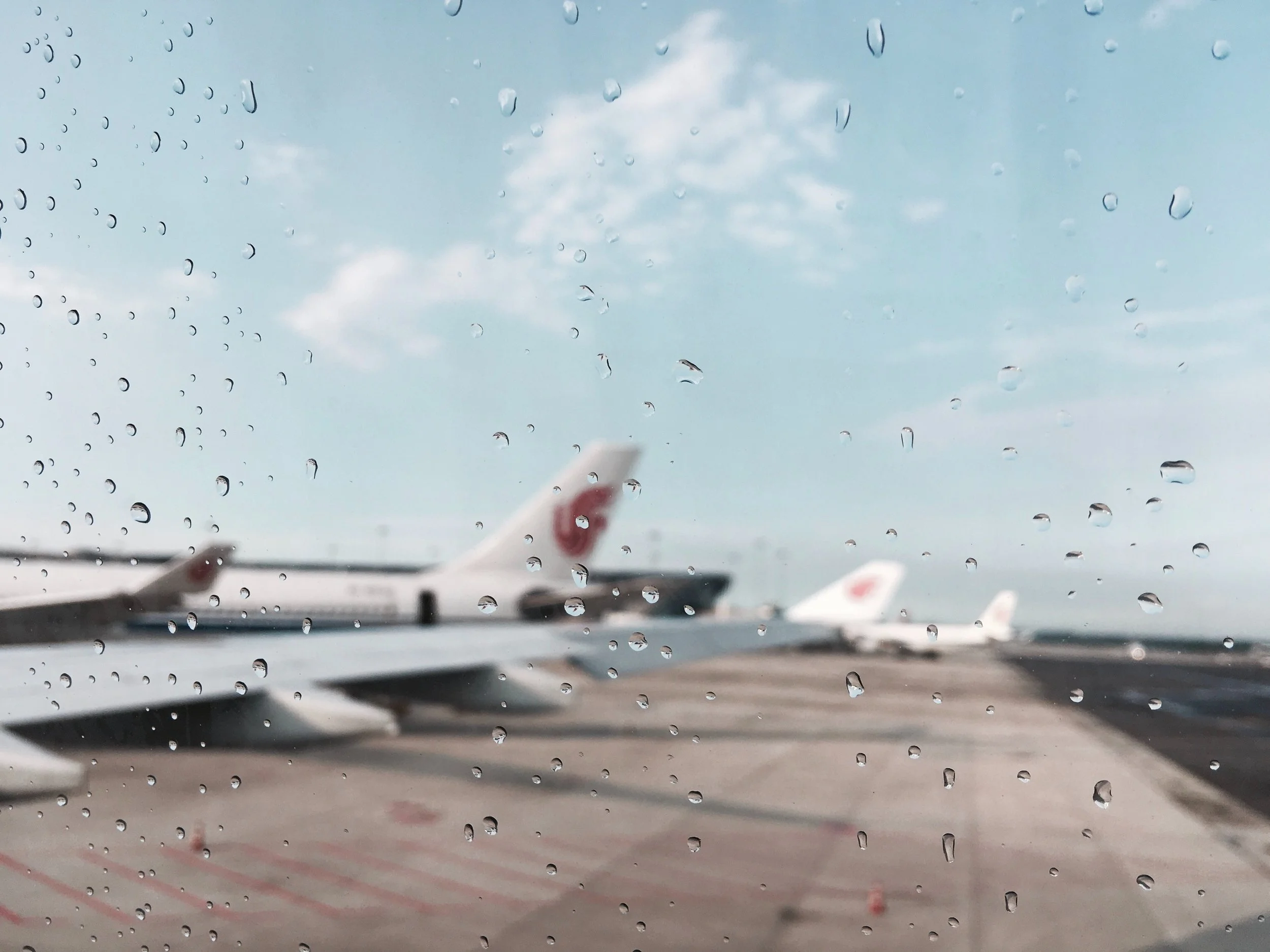Weekend Harvest in Connecticut
/This past weekend, I traveled up to Brookfield, Connecticut to participate in a small grape harvest at DiGrazia Vineyards. I've had their wine before, but this would be my first time visiting their vineyard. I had no idea what would be involved with a grape harvest, but figured it would be a unique and fun opportunity to learn a little bit more about the winemaking process.
We were greeted by one of the family members, Alexa, and shown to the vines. Only a small amount of grapes are on their Brookfield property; the bulk of their 45 acres of grapes grown in Sharon, Connecticut. Mark, who has been working with DiGrazia vines since he was 14, gave us our gloves, a small hooked sort of knife, and an overview of the process.
Mukund, Andy and I finished one row of harvesting in about 2.5 hours. Time passed quickly and it was fun work. We saw a fawn stopped by to nibble on the grass nearby, so we asked Mark about pests. He said the deer don't eat the grapes and that the most cunning thieves are usually the crows. Andy and Mukund are scientists working in climate change, so they asked about the influence of weather on a season's harvest. One of the most important factors in a successful grape yield is a high amount of sunny days.
Dr. DiGrazia, the founder and winemaker, came by at one point to check on us and chat a bit about the vines. He said these grapes were ideal for blends, which makes sense, because I hear he's most well known for creating innovative blends. We had been working on their 2013 Elvira harvest all morning. After our work was complete, the grapes would be de-stemmed and crushed. The juice would be left in a vat to begin fermenting within that same day. Approximately four days later, it would be wine.
We also asked Mark why the harvest was being done by hand. He said, when you use machines, they whack at the grape vines to release the ripe grapes, which presents two issues. The first problem is that the blows from the arms of the machine cause a lot of the grapes to damage and split open. Oxidation can occur as a result, which is not ideal. The second problem is that a lot of the grapes fall to the ground using this method. If you're willing to deal with that big of a loss, that's fine, but it's not great when you have a small harvest such as this.
When we were through with our harvest, we headed up the hillside to the tasting room. We were given credit for the hours we worked and promptly spent this credit on a wine tasting ($6) and took three bottles home.
In all, this was a great experience and an idea other vineyards could easily replicate in order to draw in tourists. We appreciated the tasting that much more, and will probably make an effort to go back and purchase the fruits of our labor early next year (though they do ship wines to CT, CA, and FL). If you ever stop in DiGrazia, I recommend trying their Wild Blue, a sweet blueberry/brandy port blend. For more information on DiGrazia and other vineyards in Connecticut, see the DiGrazia page of the CT Wine Trail website.














































